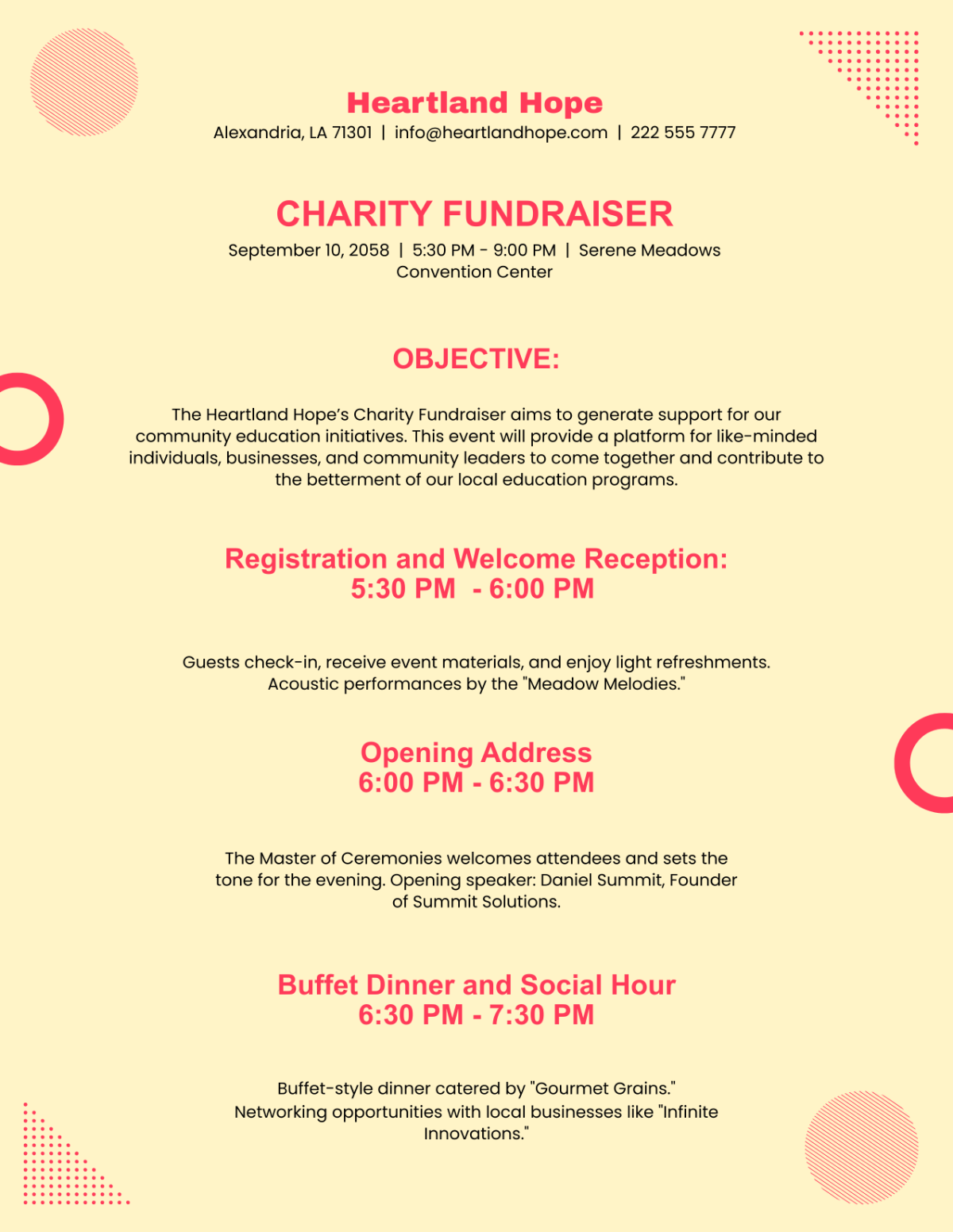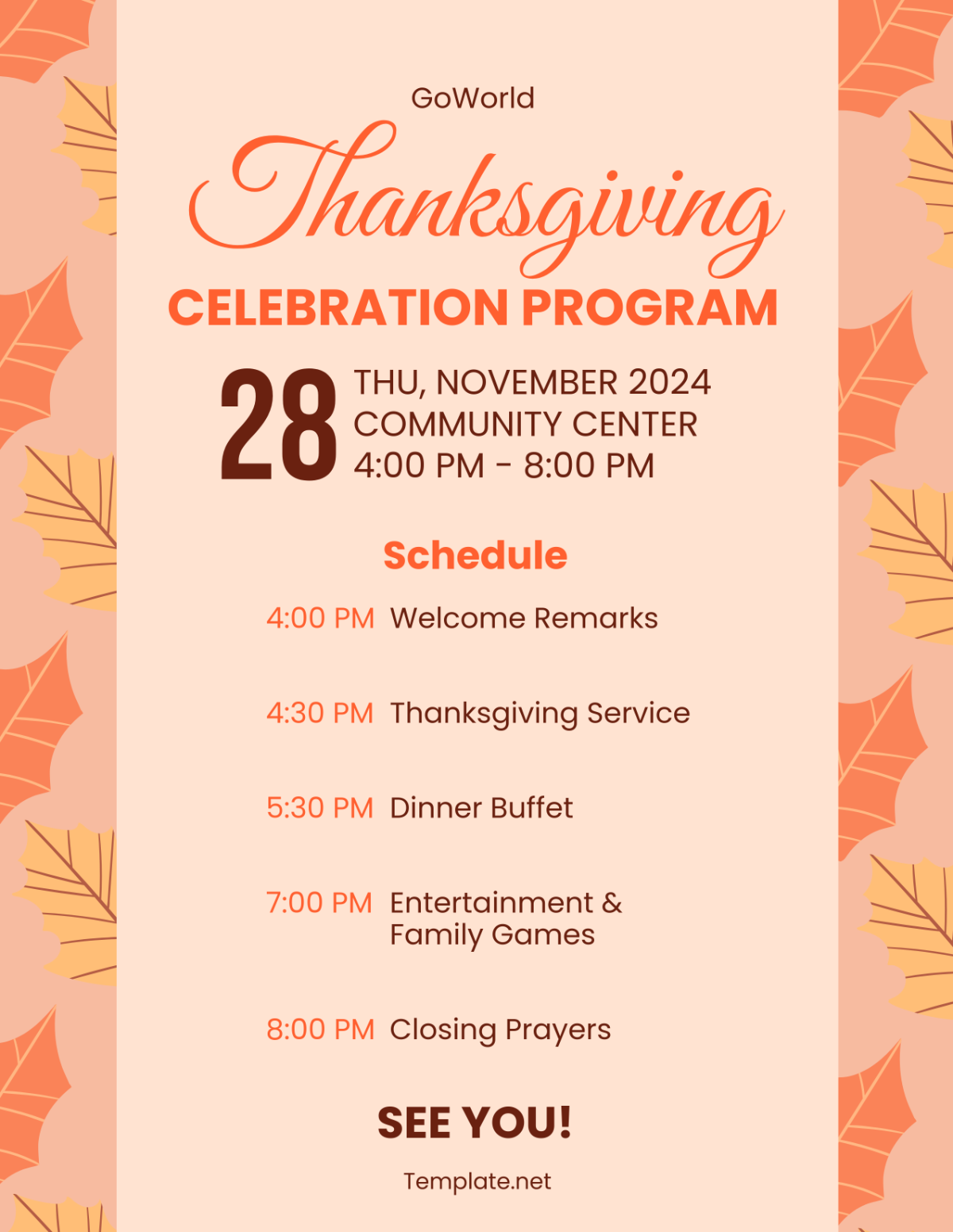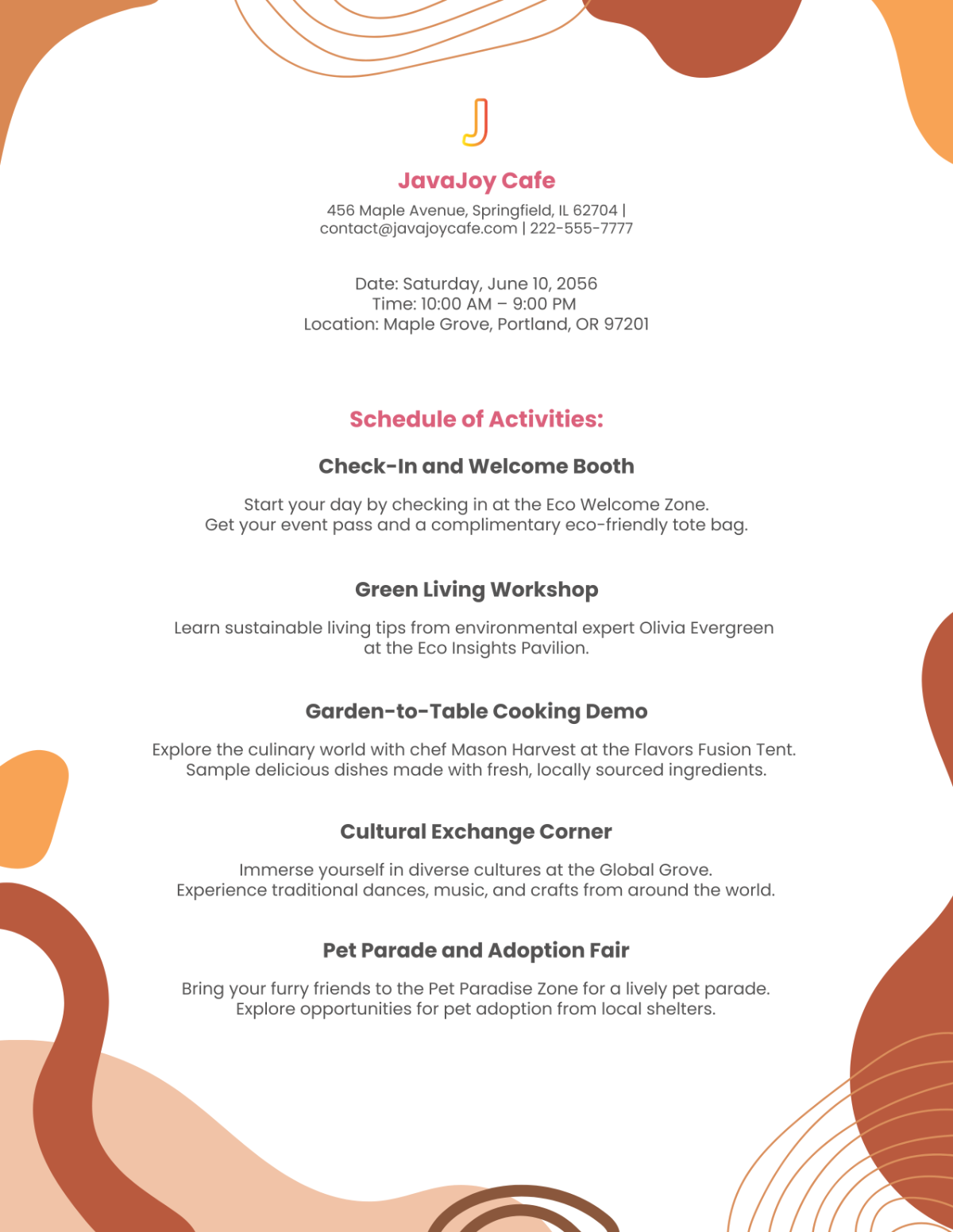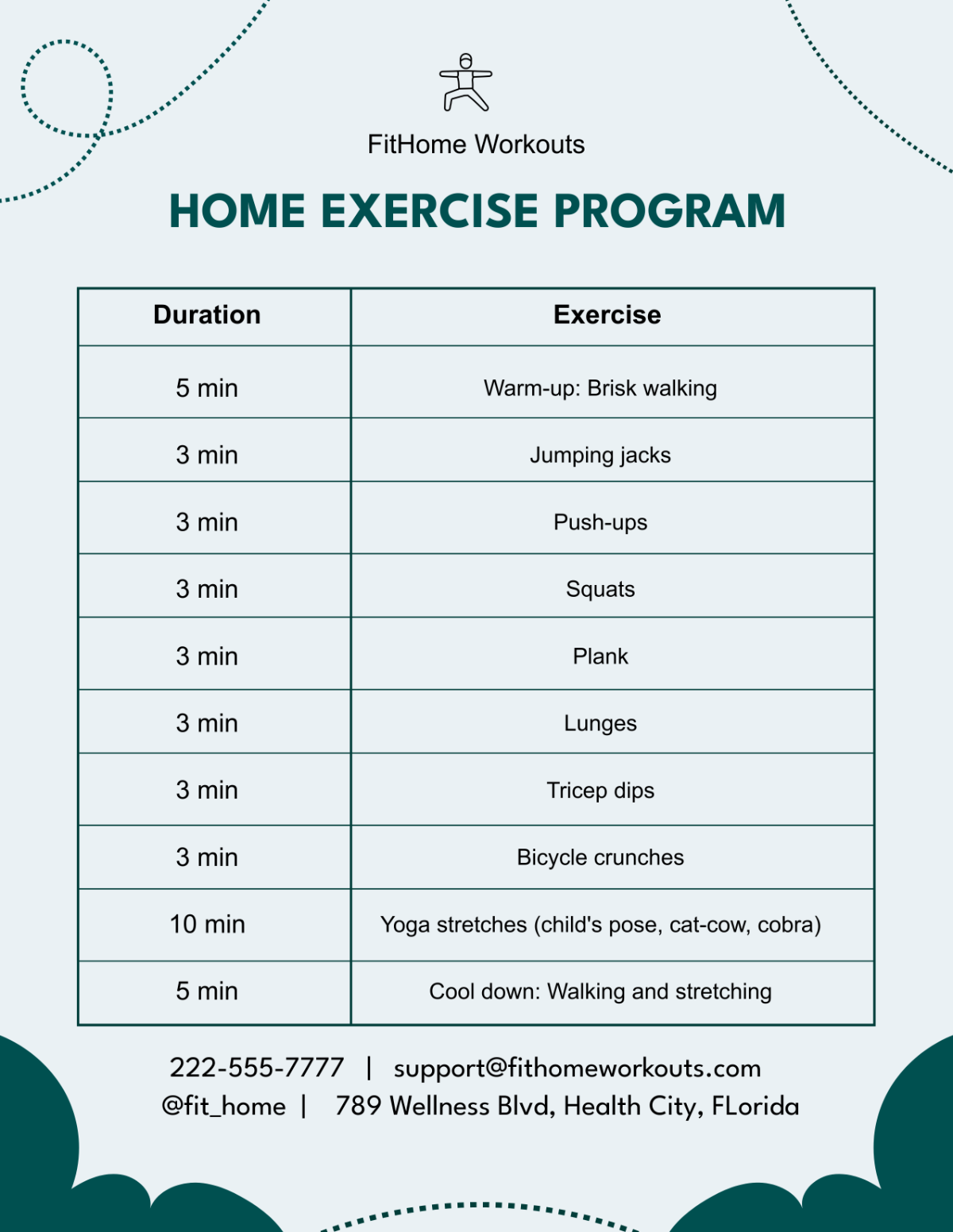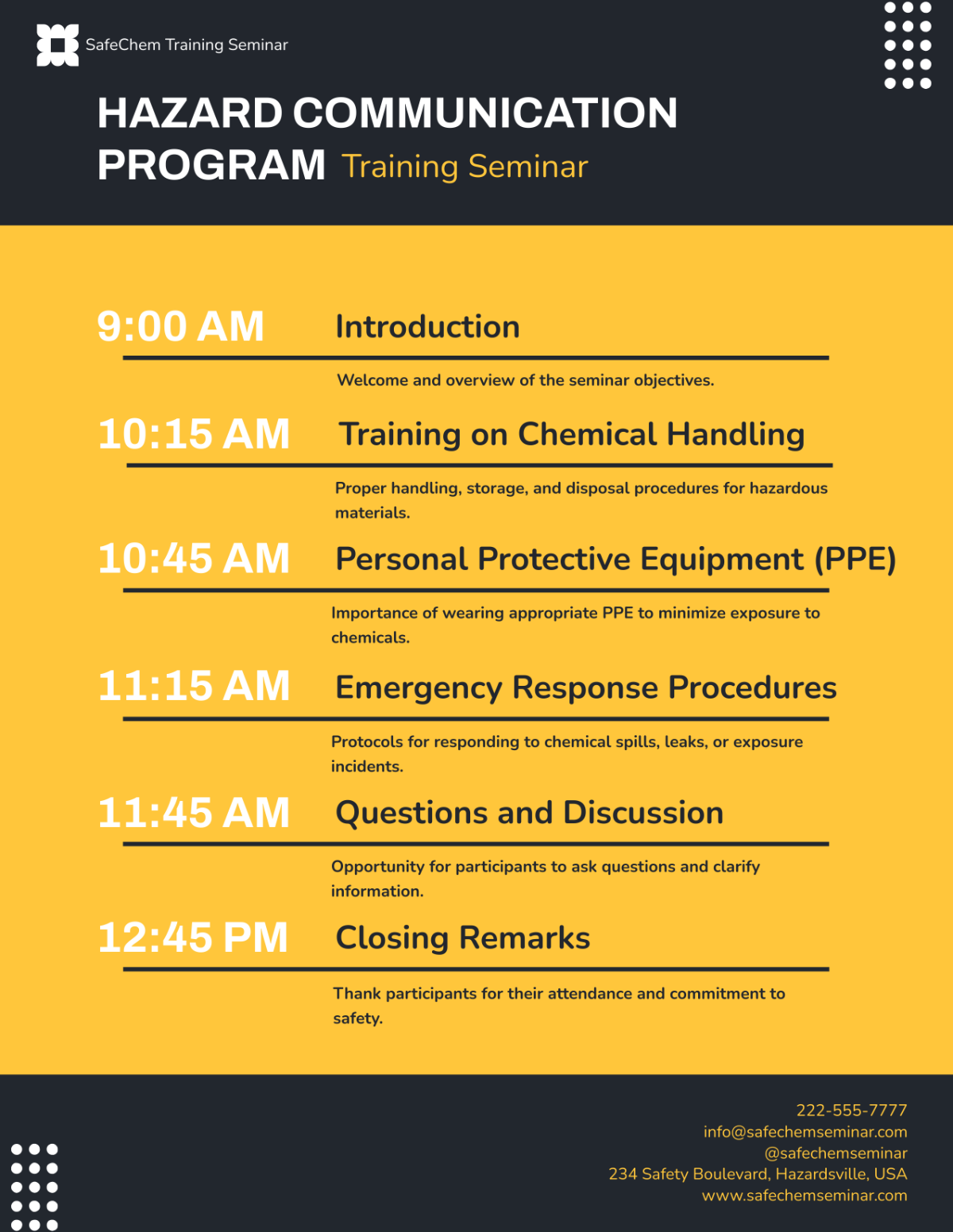Nursing Home Waste Reduction and Recycling Program
I. Introduction
A. Overview
In alignment with our commitment to environmental stewardship and sustainable practices, [Your Company Name] is initiating a Waste Reduction and Recycling Program. This program aims to minimize the environmental footprint of our operations while promoting cost savings and regulatory compliance. By implementing effective waste management strategies, we strive to create a cleaner and healthier environment for our residents, staff, and community.
B. Purpose
The primary purpose of this program is to reduce the amount of waste generated by [Your Company Name] and to maximize recycling and composting efforts. By implementing sustainable practices, we aim to mitigate environmental impact, conserve resources, and promote a culture of environmental responsibility among our stakeholders.
C. Scope
The Waste Reduction and Recycling Program will encompass all areas of waste generation within [Your Company Name], including but not limited to:
Food waste from kitchen and dining areas
Disposable medical supplies
Packaging materials
Paper and cardboard waste
Electronic waste (e-waste)
Hazardous materials (e.g., chemicals, batteries)
D. Objectives
The key objectives of the program are as follows:
Reduce overall waste generation by [90%] within [10 years].
Increase the recycling rate to [75%] by [10 year].
Implement composting initiatives to divert organic waste from landfills.
Educate and engage staff, residents, and visitors in sustainable waste management practices.
Achieve cost savings through waste reduction and recycling efforts.
II. Background
A. Importance of Waste Reduction and Recycling in Nursing Homes
Nursing homes play a significant role in waste generation due to the nature of their operations, which involve the provision of healthcare services, food preparation, and residential living. However, these facilities also have the opportunity to make a substantial positive impact by implementing waste reduction and recycling programs.
Environmental Impact
The environmental impact of waste generated by nursing homes includes contributions to greenhouse gas emissions, water and soil pollution, and depletion of natural resources. By reducing waste and increasing recycling and composting efforts, nursing homes can minimize their environmental footprint and contribute to a healthier planet.
Cost Reduction
Effective waste management practices can lead to significant cost savings for nursing homes. By reducing the amount of waste sent to landfills, facilities can lower disposal costs and potentially generate revenue through recycling initiatives. Additionally, implementing source reduction strategies can reduce the need for purchasing disposable items, further contributing to cost savings.
Regulatory Compliance
Regulatory agencies at the federal, state, and local levels impose regulations and guidelines related to waste management, recycling, and environmental protection. Compliance with these regulations is essential for nursing homes to avoid fines, penalties, and reputational damage. Implementing a comprehensive waste reduction and recycling program ensures compliance with relevant regulations and demonstrates a commitment to environmental responsibility.
B. Current State of Waste Management in [Your Company Name]
Before implementing the Waste Reduction and Recycling Program, it is essential to assess the current state of waste management practices within [Your Company Name]. This assessment will provide insights into the types and quantities of waste generated, existing disposal methods, and opportunities for improvement.
Types of Waste Generated
[Your Company Name] generates various types of waste, including:
Food waste from kitchen and dining areas
Disposable medical supplies
Packaging materials
Paper and cardboard waste
Electronic waste (e-waste)
Hazardous materials (e.g., chemicals, batteries)
Existing Waste Management Practices
Currently, waste generated by [Your Company Name] is primarily disposed of in landfills, with minimal recycling or composting efforts in place. Waste segregation and recycling practices may be limited, and staff and resident awareness of sustainable waste management practices may be lacking.
To gain a comprehensive understanding of the current state of waste management, a waste audit will be conducted to analyze the composition and quantity of waste generated by [Your Company Name]. This assessment will inform the development of tailored waste reduction and recycling strategies to address specific areas of improvement.
III. Assessment
A. Waste Audit
To effectively design and implement a Waste Reduction and Recycling Program, [Your Company Name] will conduct a comprehensive waste audit. This audit will involve the following steps:
Methodology
The waste audit will be conducted over a period of [12 months] to capture data on the types and quantities of waste generated by [Your Company Name]. The methodology will include:
Segregation of waste into categories such as food waste, recyclables, and non-recyclable waste.
Weighing and recording the amount of waste generated in each category on a daily basis.
Analysis of waste composition to identify opportunities for source reduction, recycling, and composting.
Findings
Upon completion of the waste audit, [Your Company Name] will analyze the data to identify patterns, trends, and opportunities for waste reduction and recycling. Key findings will include:
Quantification of waste generated by type and category.
Identification of high-volume waste streams and areas for improvement.
Assessment of current waste management practices and opportunities for optimization.
B. Stakeholder Engagement
Engaging stakeholders, including staff, residents, and visitors, is essential for the success of the Waste Reduction and Recycling Program. [Your Company Name] will implement the following strategies to promote stakeholder engagement:
Staff Training and Awareness
Training sessions will be conducted to educate staff members on waste reduction, recycling, and composting practices. Topics covered will include waste segregation, proper disposal techniques, and the importance of resource conservation. Staff members will be encouraged to actively participate in waste reduction initiatives and serve as role models for residents.
Resident Education and Participation
Residents will be provided with educational materials and interactive workshops to raise awareness of sustainable waste management practices. Informational sessions will cover topics such as recycling guidelines, composting benefits, and the environmental impact of waste. Residents will be encouraged to actively participate in recycling and composting efforts, contributing to a culture of environmental responsibility within the nursing home community.
IV. Program Development
A. Waste Reduction Strategies
To minimize waste generation and promote sustainable practices, [Your Company Name] will implement the following strategies:
Source Reduction
Source reduction initiatives will focus on reducing the use of disposable items and packaging materials. Strategies may include:
Implementing purchasing policies that prioritize reusable products and materials with minimal packaging.
Encouraging staff and residents to use reusable utensils, containers, and linens to reduce single-use waste.
Providing alternatives to single-use items, such as refillable soap dispensers and cloth towels in place of paper towels.
Reusable Supplies
Promoting the use of reusable supplies will help reduce waste and conserve resources. [Your Company Name] will:
Provide residents with reusable water bottles and mugs to minimize the use of single-use beverage containers.
Implement a system for collecting and sterilizing reusable medical supplies, such as bedpans and urinals, to reduce the volume of medical waste generated.
Encourage staff to utilize reusable personal protective equipment (PPE) whenever possible, such as washable gowns and masks.
Purchasing Policies
Reviewing and revising purchasing policies will enable [Your Nursing Home Name] to prioritize environmentally friendly products and materials. Key initiatives may include:
Partnering with suppliers that offer eco-friendly packaging options and products made from recycled materials.
Incorporating sustainability criteria into procurement decisions, such as selecting energy-efficient appliances and environmentally certified cleaning products.
Establishing guidelines for purchasing durable, long-lasting equipment and furniture to reduce the need for frequent replacements.
B. Recycling Program
Implementation To increase recycling rates and divert recyclable materials from landfills, [Your Company Name] will implement the following strategies:
Sorting and Collection Infrastructure
[Your Company Name] will invest in the necessary infrastructure to facilitate waste sorting and collection. This may include:
Providing designated recycling bins in common areas, resident rooms, and staff areas for the segregation of recyclable materials.
Installing signage and educational materials to help residents and staff identify recyclable items and proper disposal practices.
Establishing procedures for the safe handling and storage of recyclable materials to prevent contamination.
Recycling Partnerships
[Your Company Name] will collaborate with local recycling facilities and waste management companies to establish recycling partnerships. Key activities will include:
Identifying recycling facilities that accept the types of materials generated by the nursing home, such as paper, cardboard, plastic, glass, and metal.
Negotiating contracts with recycling partners to ensure efficient and cost-effective transportation and processing of recyclable materials.
Monitoring and evaluating the performance of recycling partners to ensure compliance with quality and environmental standards.
Education and Communication Plan
Educating staff, residents, and visitors about recycling guidelines and practices is essential for the success of the program. [Your Company Name] will develop a comprehensive education and communication plan that includes:
Conducting training sessions and workshops to educate staff members on recycling procedures and the importance of proper waste disposal.
Distributing informational materials, such as posters, brochures, and newsletters, to residents and their families to promote recycling awareness.
Organizing outreach events and activities, such as recycling drives and educational seminars, to engage the broader community in recycling initiatives.
C. Composting Initiative
Implementing a composting initiative will enable [Your Company Name] to divert organic waste from landfills and produce nutrient-rich compost for use in landscaping and gardening. The following steps will be taken to establish a composting program:
Feasibility Assessment [Your Company Name] will conduct a feasibility assessment to determine the viability of composting at the facility. This assessment will include:
Evaluating available space, resources, and infrastructure for composting operations.
Assessing the types and quantities of organic waste generated by the nursing home, such as food scraps, yard waste, and paper products.
Researching local regulations and guidelines related to composting to ensure compliance with permitting and environmental requirements.
Composting Process and Guidelines
Once feasibility is confirmed, [Your Company Name] will establish a composting process and guidelines for residents and staff to follow. Key steps may include:
Providing composting bins or containers for collecting organic waste in kitchen and dining areas, as well as outdoor composting bins for yard waste.
Educating staff and residents on composting best practices, such as proper waste segregation, carbon-to-nitrogen ratios, and maintaining moisture levels.
Monitoring and managing the composting process to ensure proper decomposition and odor control, including regular turning and aeration of compost piles.
Utilization of Compost
The compost produced through the program will be utilized for landscaping and gardening purposes within [Your Company Name]. Benefits of compost utilization may include:
Improving soil health and fertility by adding organic matter and essential nutrients.
Enhancing plant growth and vitality, leading to a more attractive and sustainable outdoor environment.
Reducing the need for chemical fertilizers and pesticides, promoting natural and eco-friendly landscaping practices.
V. Monitoring and Evaluation
A. Performance Metrics
To assess the effectiveness of the Waste Reduction and Recycling Program, [Your Company Name] will track key performance metrics related to waste management and recycling efforts. The following metrics will be monitored on an ongoing basis:
Waste Diversion Rate
The waste diversion rate measures the percentage of waste diverted from landfills through recycling, composting, and other diversion methods. This metric reflects the program's success in reducing the volume of waste sent to landfill disposal. The formula for calculating the waste diversion rate is as follows:
Waste Diversion Rate = (Total Waste Generated / Total Diverted Waste))))×100%
Cost Savings
Cost savings resulting from waste reduction and recycling initiatives will be calculated based on reductions in waste disposal costs, avoided purchasing expenses, and potential revenue generated from recycling. Tracking cost savings provides tangible evidence of the financial benefits of the program and helps justify ongoing investment in waste management efforts.
Resident and Staff Satisfaction
Feedback from residents and staff members will be collected periodically to assess satisfaction with the Waste Reduction and Recycling Program. Surveys, focus groups, and suggestion boxes may be utilized to gather feedback on program effectiveness, ease of participation, and areas for improvement. Positive feedback indicates successful engagement and buy-in from stakeholders, while constructive criticism informs program refinements.
B. Regular Reporting
Regular reporting on program performance and achievements is essential for transparency and accountability. [Your Company Name] will establish a reporting schedule and format to communicate key findings and progress updates to stakeholders. Reporting may include:
Frequency
Reports will be issued monthly, quarterly, or annually, depending on the availability of data and the needs of stakeholders. Regular reporting ensures that progress towards program goals is tracked consistently and allows for timely adjustments and improvements.
Content
Reports will include data on waste generation, recycling rates, cost savings, and stakeholder feedback. Performance metrics will be compared against established targets and benchmarks to evaluate program success. Recommendations for program enhancements and future initiatives may also be included in the reports.
VI. Continuous Improvement
A. Feedback Mechanisms
Feedback from stakeholders is vital for identifying areas of improvement and refining program strategies. [Your Company Name] will implement the following feedback mechanisms:
Staff and Resident Input
Regular feedback sessions, suggestion boxes, and anonymous surveys will be used to collect input from staff members and residents. Feedback will be actively solicited on program effectiveness, ease of participation, and suggestions for improvement.
Regular Reviews and Updates
Program performance will be reviewed regularly to identify strengths, weaknesses, and opportunities for enhancement. [Your Company Name] will convene multidisciplinary teams to review data, analyze trends, and develop action plans for continuous improvement. Program updates and refinements will be communicated to stakeholders to maintain transparency and engagement.
B. Adjustments and Enhancements
Based on feedback and performance data, [Your Company Name] will make adjustments and enhancements to the Waste Reduction and Recycling Program as needed. This may include:
Implementation of Best Practices
Identifying and adopting best practices in waste management and recycling from industry peers and experts. Benchmarking against leading organizations can provide valuable insights into innovative strategies and technologies for waste reduction and recycling.
Technology Integration
Leveraging technology solutions, such as waste tracking software, smart bins, and data analytics tools, to improve waste management efficiency and effectiveness. Technology integration can streamline data collection, analysis, and reporting processes, enabling [Your Nursing Home Name] to make data-driven decisions and optimize program performance.
VII. Conclusion
A. Summary of Achievements
The Waste Reduction and Recycling Program implemented by [Your Company Name] has made significant strides in promoting sustainable waste management practices and achieving key objectives. Some of the notable achievements include:
[90%] reduction in waste generation through source reduction initiatives.
Increase in recycling rate to [75%] by [10 year], diverting substantial amounts of recyclable materials from landfills.
Successful implementation of a composting program, diverting organic waste from landfill disposal and producing nutrient-rich compost for landscaping and gardening.
Enhanced staff and resident awareness and participation in waste reduction and recycling efforts, fostering a culture of environmental responsibility within the nursing home community.
B. Future Outlook
Looking ahead, [Your Company Name] remains committed to continuous improvement and innovation in waste management practices. Future initiatives may include:
Expansion of recycling and composting programs to further reduce waste generation and maximize resource recovery.
Integration of advanced technologies, such as waste tracking software and smart waste bins, to enhance efficiency and data-driven decision-making.
Collaboration with community partners and stakeholders to promote environmental sustainability and shared best practices.
Ongoing staff training and resident education to maintain momentum and engagement in waste reduction and recycling efforts.


